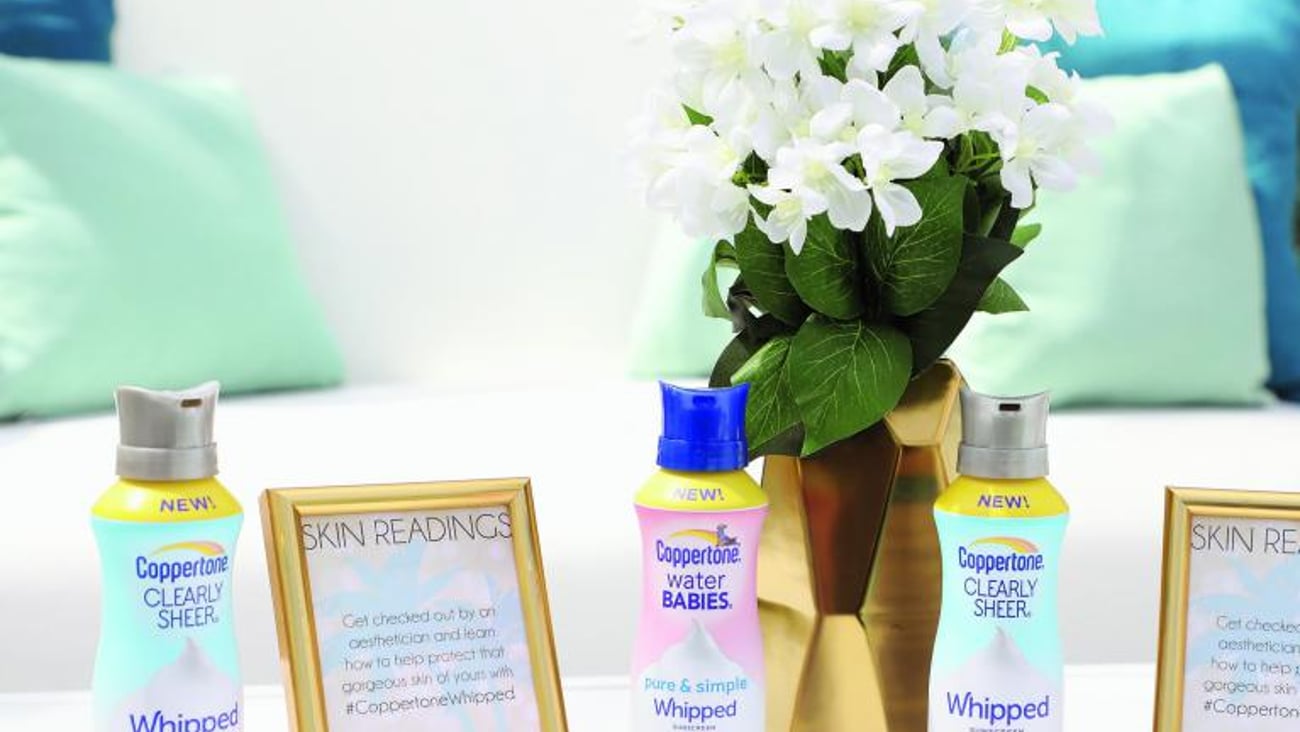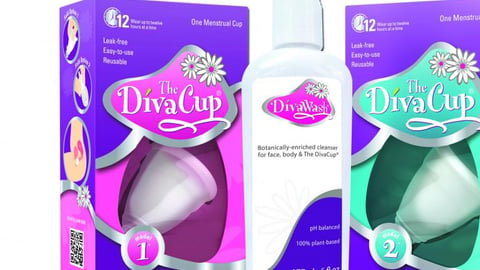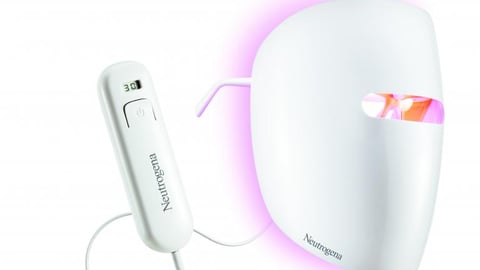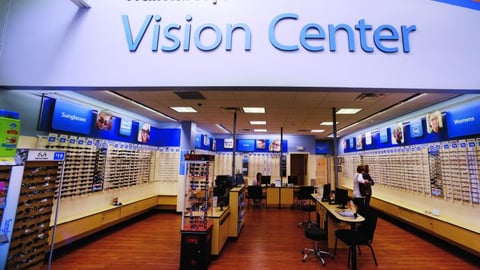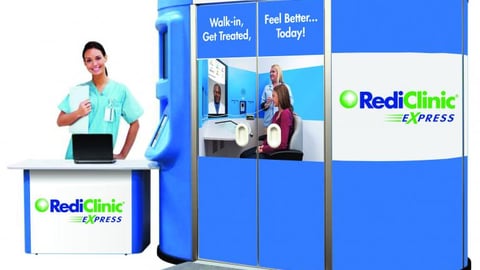-
All eyes focus on natural remedies
Consumers are gravitating toward more natural eye and ear care products that have fewer chemical additives, industry observers said.
The shift comes amid increasing demand for eye care products overall, as the baby boomer population ages and younger consumers seek options for treating various eye irritations resulting from allergies, prolonged exposure to computer screens and other factors.
-
Consumers encouraged to buy, apply more sunscreen
After years of ignoring warnings that sun exposure poses a health risk and hastens aging, consumers are starting to see the light. In fact, overall category sales rose 6.7% for the 52-week period ended May 14 across multi-outlets, according to IRI. Lotions and oils advanced almost 7%, and sunscreens and bug repellants jumped 3.5%.
But retailers and marketers said much more needs to be done. A recent Marist Institute for Public Opinion Poll said only 1-in-10 people apply sunscreen regularly.


